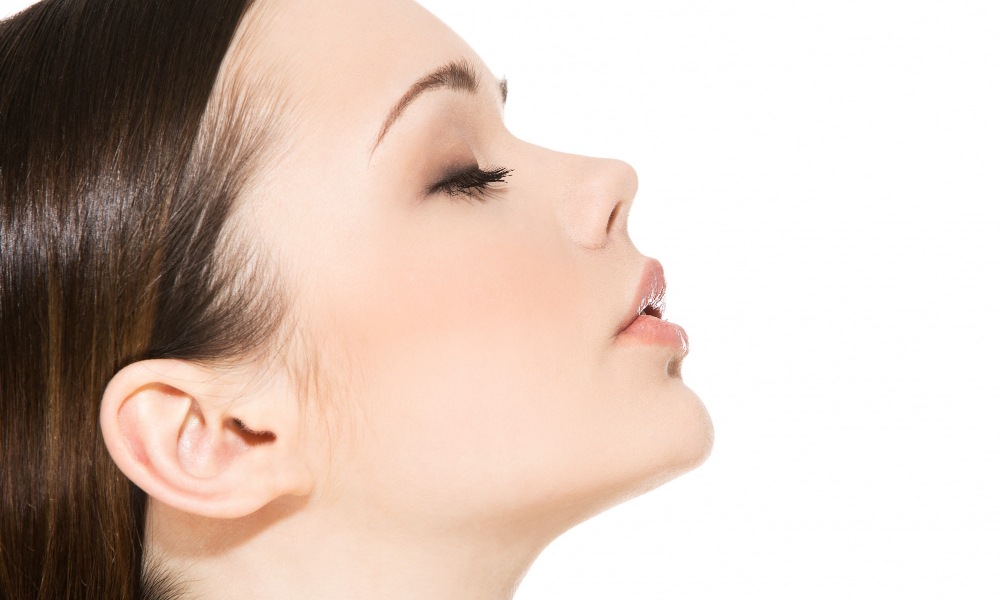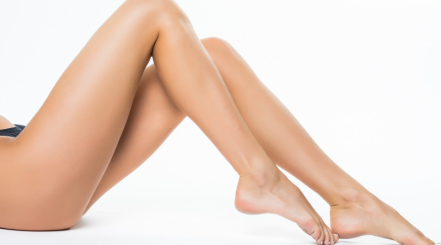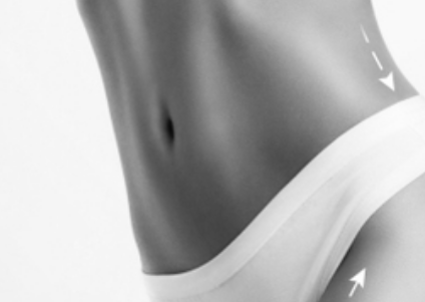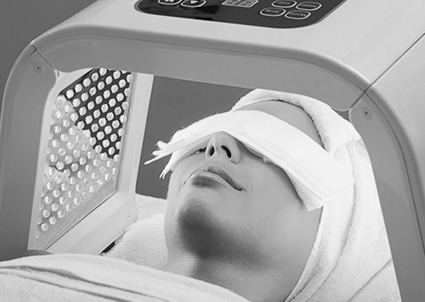Broken capillaries on the nose – causes and treatment of the problem

Broken capillaries, also known as spider veins and telangiectasias, are common dermatological changes. The problem does not disappear with home care and is difficult to conceal with cosmetics. However, laser methods are effective in treating it. The beginning of spring is the last moment to undergo laser therapy. What do treatments for capillaries look like?
What causes broken capillaries
Broken capillaries are the result of their malfunction. A predisposition to this problem can be hereditary. It is associated with "weakness of the vessels" which expand excessively under the influence of blood pressure. Besides genetics, estrogen hormones play an important role in the development of vascular changes. They relax the walls of blood vessels and increase their tendency to expand.
Moreover, many external factors, such as the sun, temperature fluctuations, hot food, alcohol, cigarettes, or stress, contribute to the formation of telangiectasias. To prevent the appearance of spider veins, individuals predisposed to vascular skin should properly protect and care for it.
Preventing the rupture of capillaries
Caring for skin prone to redness involves avoiding the mentioned factors that contribute to vascular damage. During the day, it is necessary to use cream with UV protection and ingredients that act against free radicals. It is also important to reach for cosmetics that protect against wind and frost. Such creams should contain less water and have a slightly greasier consistency so that they do not freeze in the cold.
Moreover, day and night creams that seal the walls of blood vessels, soothe redness, and calm the skin should be used.
The most common ingredients in cosmetics for vascular skin care are:
- vitamin C (ascorbic acid),
- niacinamide (vitamin PP/ B3),
- polyphenols contained in plant extracts (e.g., horse chestnut, mountain arnica, citrus fruits, or butcher's broom),
- dextran sulfate,
- oils rich in gamma-linolenic acid (e.g., evening primrose).
Day creams and makeup cosmetics also contain pigments that mask redness.
Treating vascular changes
In the case of persistent changes, preventing the rupture of capillaries is not enough. In such situations, it is necessary to consult a doctor who will recommend appropriate treatment. Especially since telangiectasias are not always merely a cosmetic defect. In some people, they can be one of the symptoms of a disease – rosacea. Currently, the most effective method of closing capillaries (both for aesthetic and medical reasons) is laser therapy.
Treatments for capillaries at Dr Parda's clinic
At Dr Parda's clinic, we offer closing facial capillaries using a modern system of high-energy lasers. With the same device, we close capillaries on the nose and other facial areas as well as on the legs. Our equipment also allows for the reduction of redness and treatment of rosacea. It is also effective for hemangiomas and congenital vascular malformations. During one short session, we are able to alleviate various changes .
How does the laser work on broken capillaries
During the treatment with a high-energy vascular laser, selective photothermolysis occurs. During this reaction, hemoglobin (the red pigment of blood) selectively absorbs the laser radiation. This leads to the heating of the capillaries, and as a result – their destruction and absorption. The surrounding tissues remain undamaged.
What characterizes the procedure for capillaries on the nose
Treatments for capillaries performed in our facility are exceptionally effective. Often, one session is enough to close telangiectasias on the nose. The treatment is also comfortable because the laser we use incorporates innovative sapphire glass cooling technology. It also minimizes the risk of complications and shortens recovery time after the procedure.
Recommendations after the capillary closing treatment
After the treatment for capillaries, the treated area may experience slight swelling and redness. Symptoms last up to several days. During this time, gentle cosmetics should be used. After the recovery period, it is worth following the above-discussed principles of protection and skin care.
When to undergo treatment for capillaries on the nose
Treatments for removing enlarged capillaries on the nose are seasonal procedures. Due to the need to protect the skin from strong sun, they are performed from autumn to early spring. Procedures for capillaries (especially those on the nose) may require repetition. This applies particularly to patients with rosacea, where controlling vascular changes offers a chance to halt the progression of the disease.








